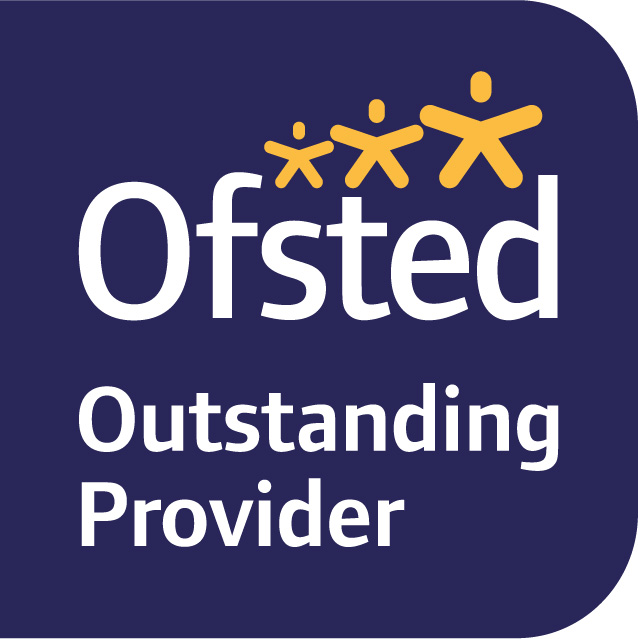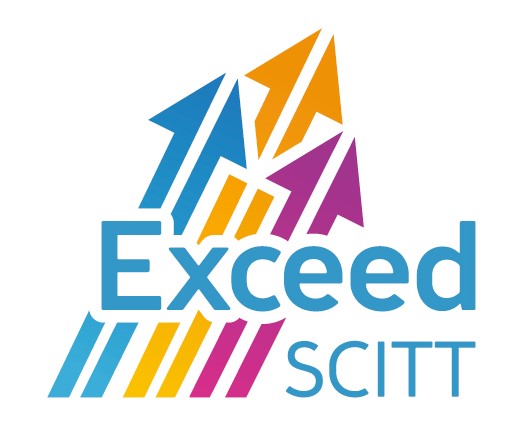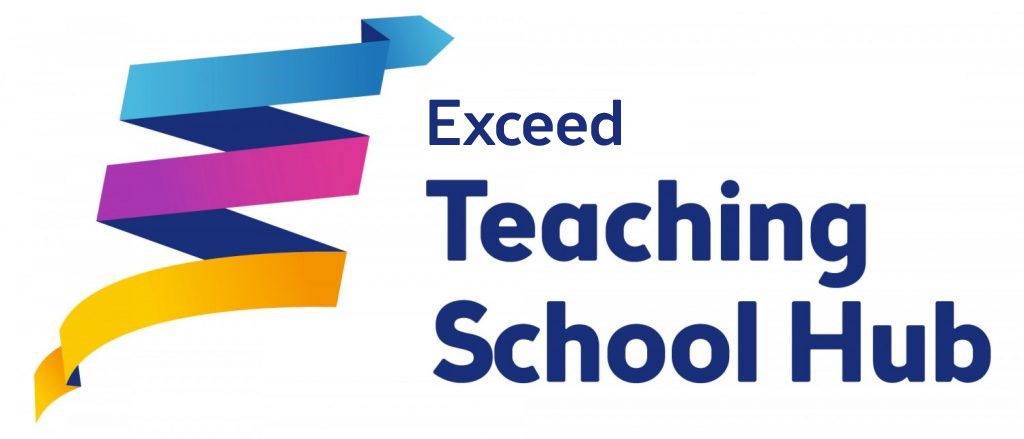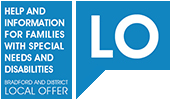Practical
Practical Intent Statement
The practical curriculum offer at Bradford AP Academy aims to engage students in creative activities that give opportunities for problem solving and resilience skills to be developed with a focus on independence. The subjects delivered are relevant and accessible to our students and instil skills and knowledge that will benefit them to make informed, healthy and safe choices, as they transition into adulthood. Practical activities at BAPA promote access to cultural capital and foster opportunities for students to develop an appreciation of different cultures and their impact on modern British society. These may include design, technology, artistic, musical and culinary influences.
Curriculum Content
The practical curriculum offer at BAPA consists of the following subjects:
- Art
- Design Technology
- Food and Nutrition
- Information and Communication Technology (ICT)
These subjects allow the practical subject intent to be delivered effectively.
Art
Purpose of study
Art, craft and design embody some of the highest forms of human creativity. Within art lessons, we will aim to inspire and challenge pupils, equipping them with the knowledge and skills to experiment, invent and create their own works of art, craft and design. As pupils progress, they should be able to think critically and develop a more rigorous understanding of art and design. They should also know how art and design both reflect and shape our history, and contribute to the culture, creativity and wealth of our nation.
Aims
The national curriculum for art and design aims to ensure that all pupils:
- produce creative work, exploring their ideas and recording their experiences
- evaluate and analyse creative works using the language of art, craft and design
- know about great artists and understand the historical and cultural development of their art forms
Pupils will be taught to:
- Develop their creativity and ideas, and increase proficiency in their execution. They will develop an understanding of artists, expressing reasoned judgements that can inform their own work. They will:
- use a range of techniques to record their observations.
- use a range of techniques and media, including painting
- increase their proficiency in the handling of different materials
- analyse and evaluate their own work, in order to strengthen the visual impact or applications of their work
- learn about the history of art, including periods, styles and major movements from ancient times up to the present day
Cooking and Nutrition
Purpose of Study
As part of their work with food, pupils will be taught how to cook and apply the principles of nutrition and healthy eating. Instilling a love of cooking in pupils will also open a door to one of the great expressions of human creativity. Learning how to cook safely is a crucial life skill that enables pupils to feed themselves and others affordably and well, now and in later life.
Aims
The national curriculum for Cooking and Nutrition supports the aims for cooking and nutrition to ensure that all pupils:
- develop the creative, technical and practical expertise needed to perform cooking tasks confidently
- build and apply a repertoire of knowledge, understanding and skills in order to design and make high-quality meals a wide range of situations
- assess and self-assess, evaluate and test their ideas and products and the work of others
- understand and apply the principles of nutrition and learn how to apply these within cooking
Pupils will be taught to:
- understand and apply the principles of nutrition and health including developing their knowledge around the Eatwell Guide and food safety and hygiene
- cook a variety of savoury and sweet dishes, so that they are able to feed themselves and others a healthy and varied diet
- become competent in a range of cooking techniques (for example, selecting and preparing ingredients; using utensils and electrical equipment; applying heat in different ways; using awareness of taste, texture and smell to decide how to season dishes and combine ingredients; adapting and using their own recipes)
- understand where ingredients come from and how the availability of these are affected in different parts of the world throughout the year
Design Technology
Purpose of study
Design and technology is an inspiring, rigorous and practical subject. By using creativity and imagination, pupils will design and make products that solve real and relevant problems within a variety of contexts, considering their own and others’ needs, wants and values. Pupils will acquire a broad range of subject knowledge and draw on disciplines such as mathematics, science, engineering, computing and art. Pupils will learn how to take risks, becoming resourceful, innovative, enterprising and capable citizens. Through the evaluation of past and present design and technology, they will develop a critical understanding of its impact on daily life and the wider world. High-quality design and technology education makes an essential contribution to the creativity, culture, wealth and well-being of the nation.
Aims
The national curriculum for design and technology aims to ensure that all pupils:
- develop the creative, technical and practical expertise needed to perform everyday tasks confidently and to participate successfully in an increasingly technological world
- build and apply a repertoire of knowledge, understanding and skills in order to design products for a wide range of users
- critique, evaluate and test their ideas and products and the work of their peers
- develop the understanding of tools, equipment and modern materials.
- use time efficiently and work constructively and productively with other pupils
Through a variety of creative and practical activities, pupils will be taught the knowledge, understanding and skills needed to engage in an iterative process of designing and making.
When designing and making, pupils will be taught to:
Design:
- identify and solve their own design problems and understand how to reformulate problems given to them
- develop their ideas to inform the design of innovative, functional, appealing products that respond to needs in a variety of situations
- use a variety of approaches to generate creative ideas and avoid stereotypical responses
- develop and communicate design ideas using annotated sketches, plans, 3-D and, oral and digital presentations
Make:
- select from and use specialist tools, techniques, processes, equipment and machinery precisely, including computer-aided manufacture
- select from and use a wider, more complex range of materials and components, taking into account their properties
Evaluate:
- test, evaluate and refine their ideas and products, taking into account the views of intended users.
- understand developments in design and technology, its impact on individuals, society and the environment, and the responsibilities of designers, engineers and technologists
Technical knowledge:
- understand and use the properties of materials and the performance of structural elements to achieve functioning solutions
- understand how more advanced mechanical systems used in their products enable changes in movement and force
- understand the technical vocabulary and knowledge used in each product design
ICT
Purpose of Study
ICT education equips pupils to use a range of devices and creativity to understand and develop projects. Building on previous knowledge and understanding, pupils are equipped to use information technology to create programs, systems and a range of content. ICT also ensures that pupils become digitally literate – able to use, and express themselves and develop their ideas through, information and communication technology – at a level suitable for the future workplace and as active participants in a digital world.
Aims
The curriculum for ICT aims to ensure that all pupils:
- understand and can use common computer software in an effective manner to articulate information and creative ideas
- can analyse problems and create ways to solve them using various software and hardware
- can evaluate and apply information technology, including new or unfamiliar technologies, analytically to solve problems
- are responsible, competent, confident and creative users of information and communication technology
Pupils will be taught to:
- use common applications effectively to collect and present information in an effective way.
- understand how to use different types of software to design and create solutions to various challenges
- undertake creative projects that involve selecting, using, and combining multiple applications, preferably across a range of devices, to achieve challenging goals, including collecting and analysing data and meeting the needs of known users
- create, reuse, revise and repurpose digital artefacts for a given audience, with attention to trustworthiness, design and usability
- understand a range of ways to use technology safely, respectfully, responsibly and securely, including protecting their online identity and privacy; recognise inappropriate content, contact and conduct, and know how to report concerns






